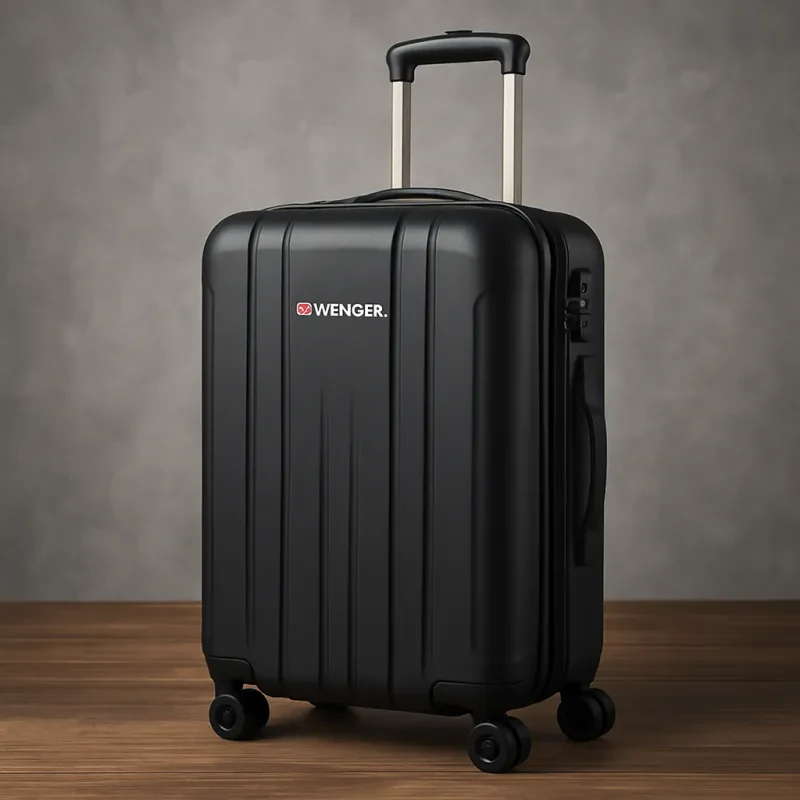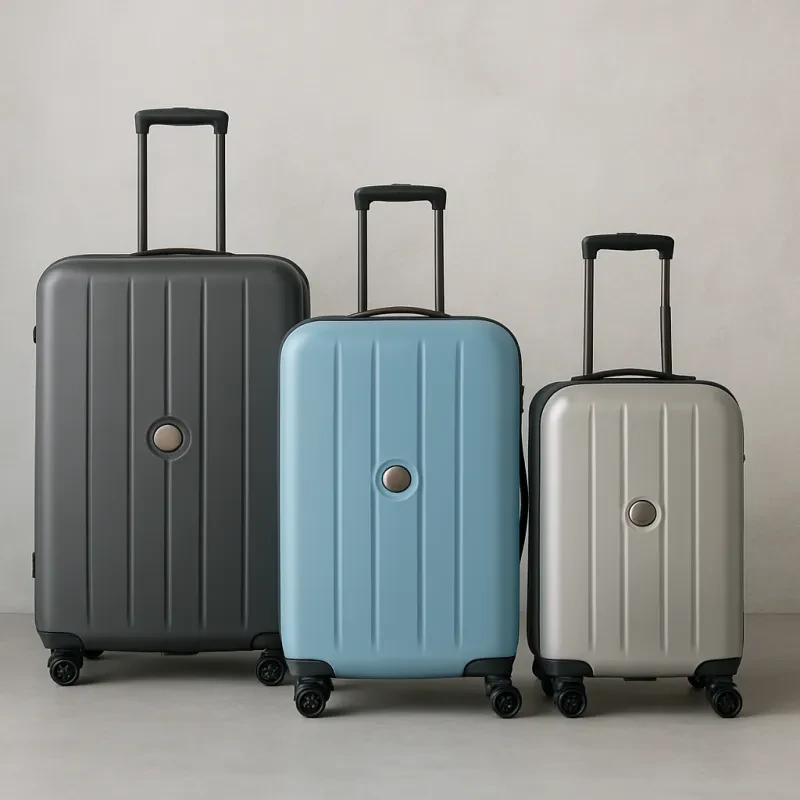When it comes to travel, choosing the right carry-on can make a big difference. That's where hardside carry-ons come into play. These bags offer some solid benefits that can really enhance your travel experience. If you’re weighing your options in the Hardside vs Softside Carry-Ons debate, here are a few things to consider.
One of the biggest advantages of hardside luggage is durability. Made from robust materials like polycarbonate or ABS, these bags can withstand rough handling at the airport. You won't have to worry as much about your belongings getting squished or damaged, which is a big plus, especially for fragile items.
Another great feature is their water resistance. If you’re caught in a sudden downpour or your bag gets splashed during travel, hardside carry-ons tend to protect your stuff better than softside options. This means you can keep your clothes, electronics, and other essentials safe and dry.
Plus, hardside carry-ons often come with built-in locks, giving you extra peace of mind when it comes to safeguarding your belongings. While softside bags may offer some zipping options, hardside luggage makes it easier to secure your items against theft.
Finally, let’s talk organization. Many hardside carry-ons feature convenient compartments that help keep your items in place. This organization means less rummaging around in your bag when you need to find something quickly. So if you’re debating Hardside vs Softside Carry-Ons, remember that hardside options really shine when it comes to durability, protection, and ease of use!
Exploring Softside Carry-Ons Features
When it comes to choosing between hardside and softside carry-ons, understanding the features of softside carry-ons can really help you decide. Softside carry-ons are often made from materials like nylon or polyester, making them lightweight and flexible. This means they can easily squeeze into tight spaces in overhead bins or under the seat in front of you, which is a big plus during those crowded boarding times.
Another great aspect of softside carry-ons is their pockets. Many come with multiple compartments, which make organizing your items a breeze. You can separate your laptop, clothes, and travel essentials without digging through everything. Plus, exterior pockets are perfect for keeping your travel documents or snacks handy.
Durability is also a key feature. While they may not be as rigid as hardside options, many softside carry-ons are reinforced for extra strength. They can withstand the bumps and scrapes of travel, making them a solid choice for frequent flyers. Just look for ones with sturdy zippers and good stitching for the best durability.
Lastly, softside carry-ons tend to be more affordable compared to their hardside counterparts. If you're on a budget, you'll likely find a great range of options that don’t skimp on quality. So when weighing your options in the hardside vs softside carry-ons debate, keep in mind what features matter most to you!
Key Differences Between Both Styles
When it comes to choosing between hardside vs softside carry-ons, understanding their key differences can help you make the best choice for your travel needs. Both styles have unique benefits, so let’s break down what sets them apart.
Durability: Hardside carry-ons are made from sturdy materials like polycarbonate or ABS plastic. This means they’re generally more resistant to impacts and rough handling at the airport. If you're worried about baggage being tossed around, a hardside suitcase might offer you more peace of mind. On the other hand, softside options can be made from nylon or polyester, which are durable but might not withstand heavy impacts as well as hard cases.
Weight: If you're all about keeping your luggage light, softside carry-ons usually weigh less than hardside ones. This extra weight can matter, especially when you're trying to pack within strict airline limits. With a softside bag, you may also find some extra pockets or compartments for easy access to your items without having to open the whole bag.
Flexibility: When it comes to packing, softside carry-ons have an edge. They can flex a bit, allowing you to squeeze in an extra pair of shoes or a jacket you hadn’t planned on bringing. Hardside carry-ons, while offering a spacious interior, don’t bend or adjust as easily, which might limit their packing capacity in a tight situation.
Style and Appearance: Let’s not forget about style! Hardside bags often come in sleek, modern designs that can make a statement, while softside bags tend to be a bit more traditional and casual. Your personal taste and travel style can definitely sway your decision in the hardside vs softside carry-ons debate!
Tips for Choosing Your Ideal Bag
Choosing the perfect carry-on bag can make a huge difference in your travel experience, but with so many options out there, it can feel overwhelming. When comparing Hardside vs Softside Carry-Ons, consider what you really need from your bag. Here are some tips to help you decide!
1. Think About Durability: Hardside bags are made from materials like polycarbonate or ABS, making them sturdier and more resistant to knocks and drops. If you’re a frequent traveler or want to protect delicate items, a hardside bag might be the way to go. On the other hand, softside bags can be easier to squeeze into tight spaces and often have extra pockets for organization.
2. Weigh Your Packing Style: How do you usually pack? If you like to stack and organize your belongings, a hardside bag provides a flat interior which can be super handy. However, if you tend to pack bulky items, such as jackets or souvenirs, a softside bag gives you that extra give to fit everything in.
3. Consider Weight and Mobility: No one wants to lug around a heavy suitcase! Hardside bags are typically heavier, so if you’re watching your weight limit or plan to carry your bag for a while, check the weight before you buy. Softside bags are usually lighter and may come with features like extra handles, making them easier to maneuver.
4. Look at Features: Think about what features you can’t live without. Softside carry-ons often include additional pockets for easy access to your essentials, while hardside bags tend to focus on security and protection. Consider your travel habits and pick a bag that matches your needs.


